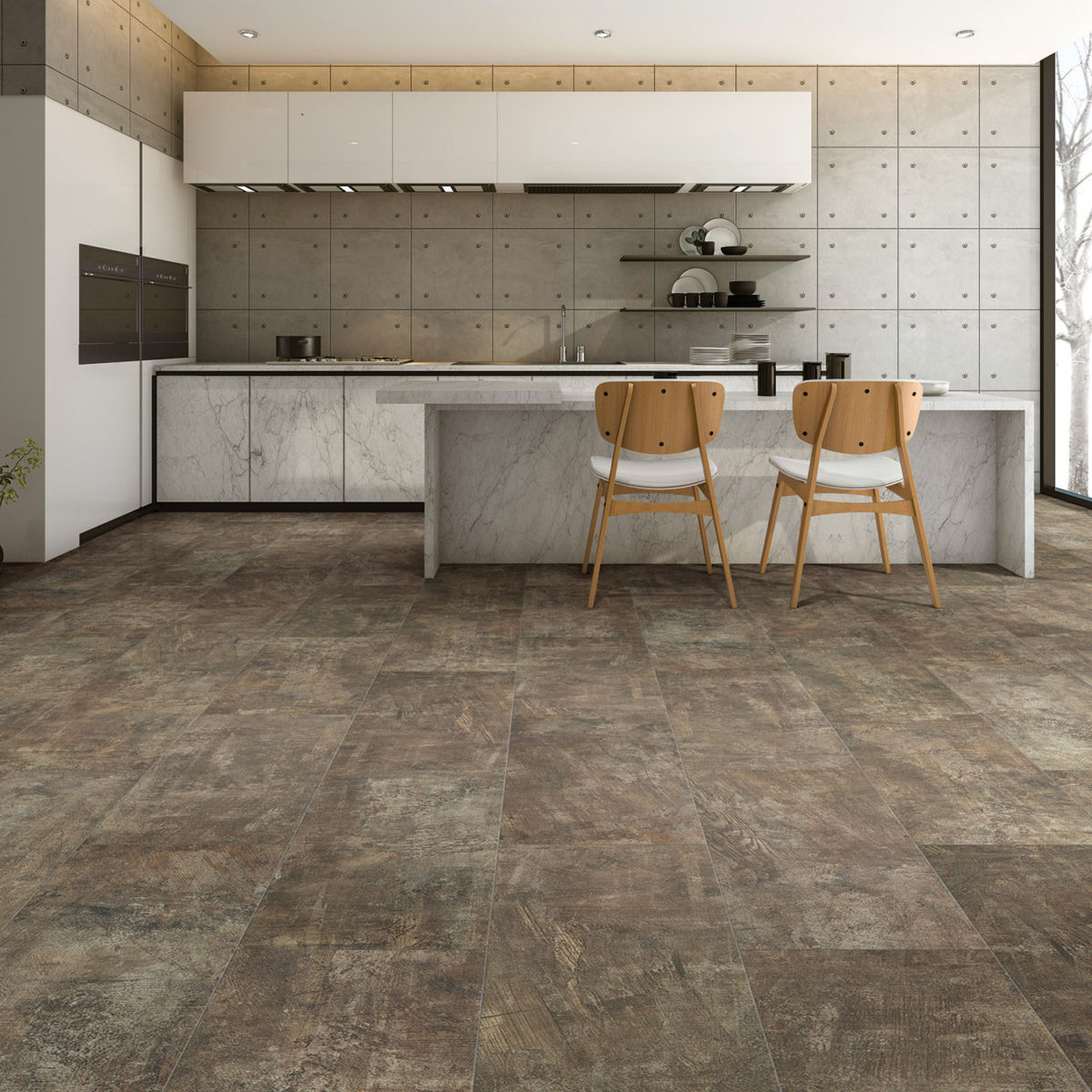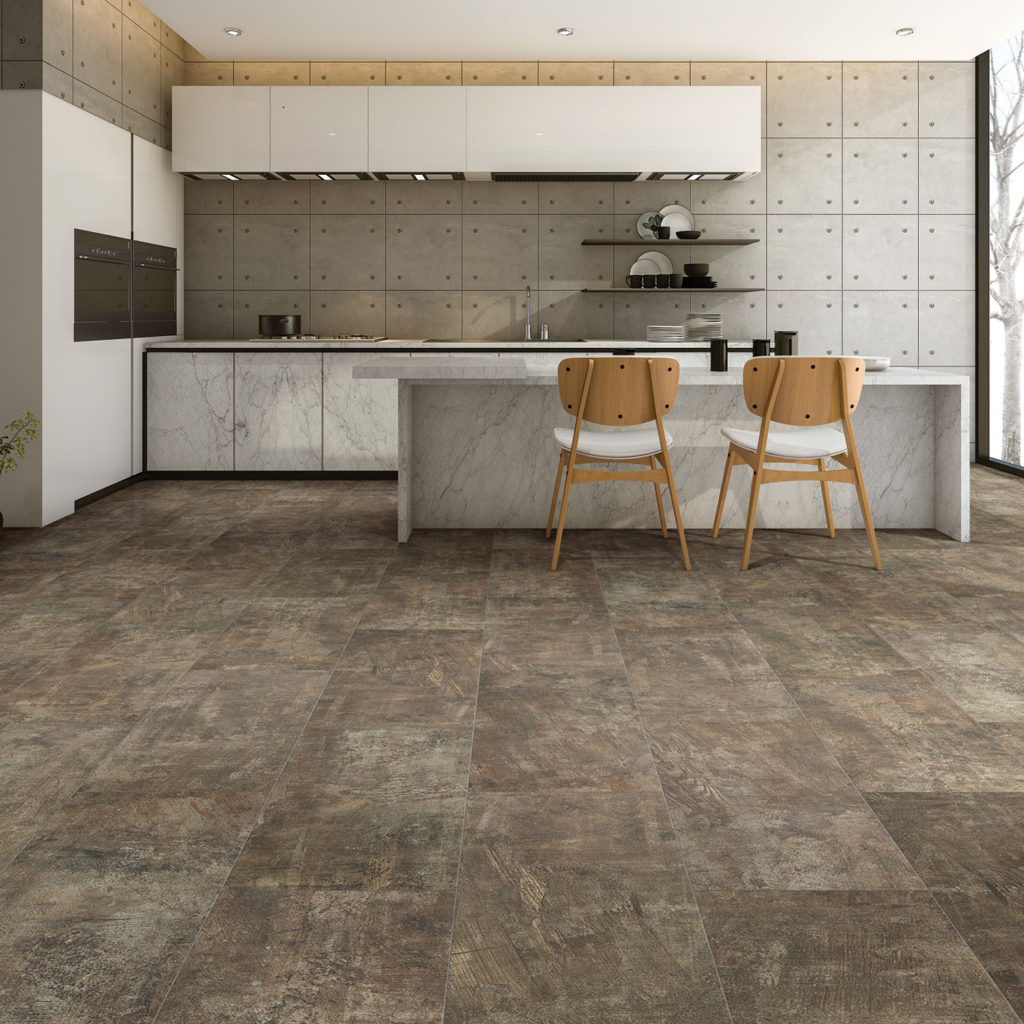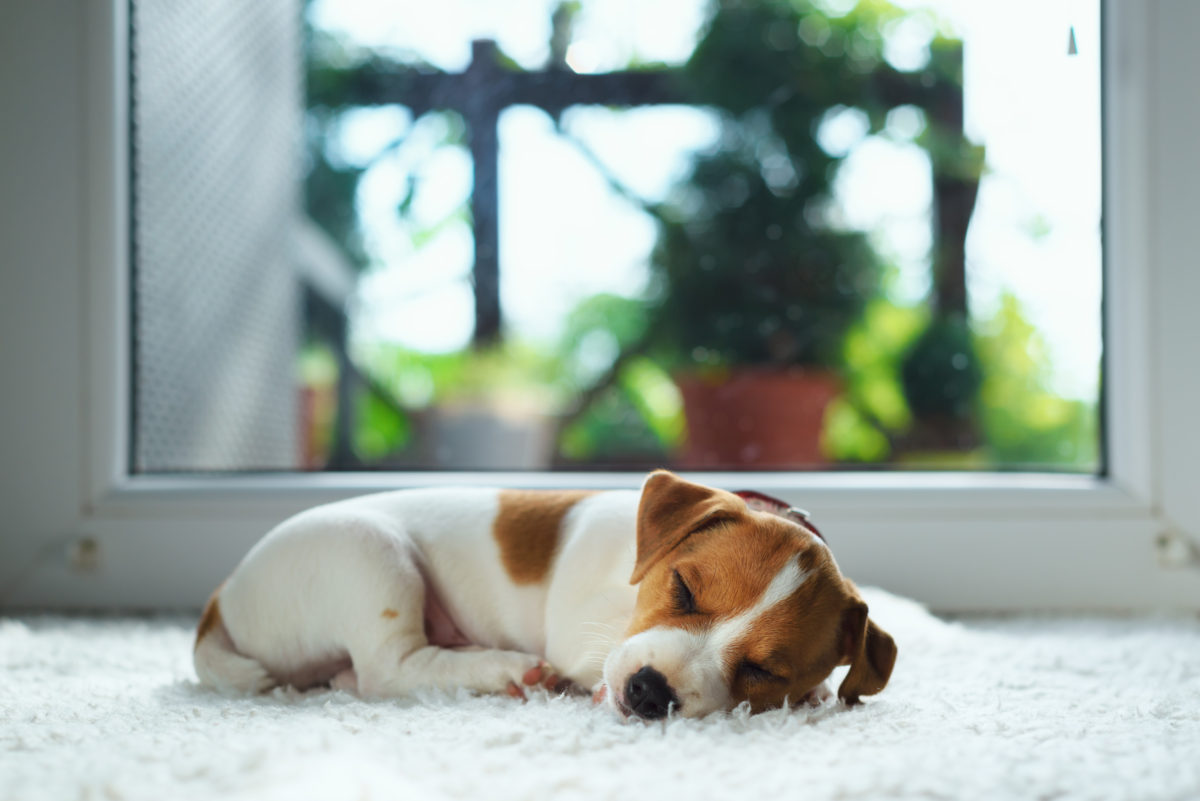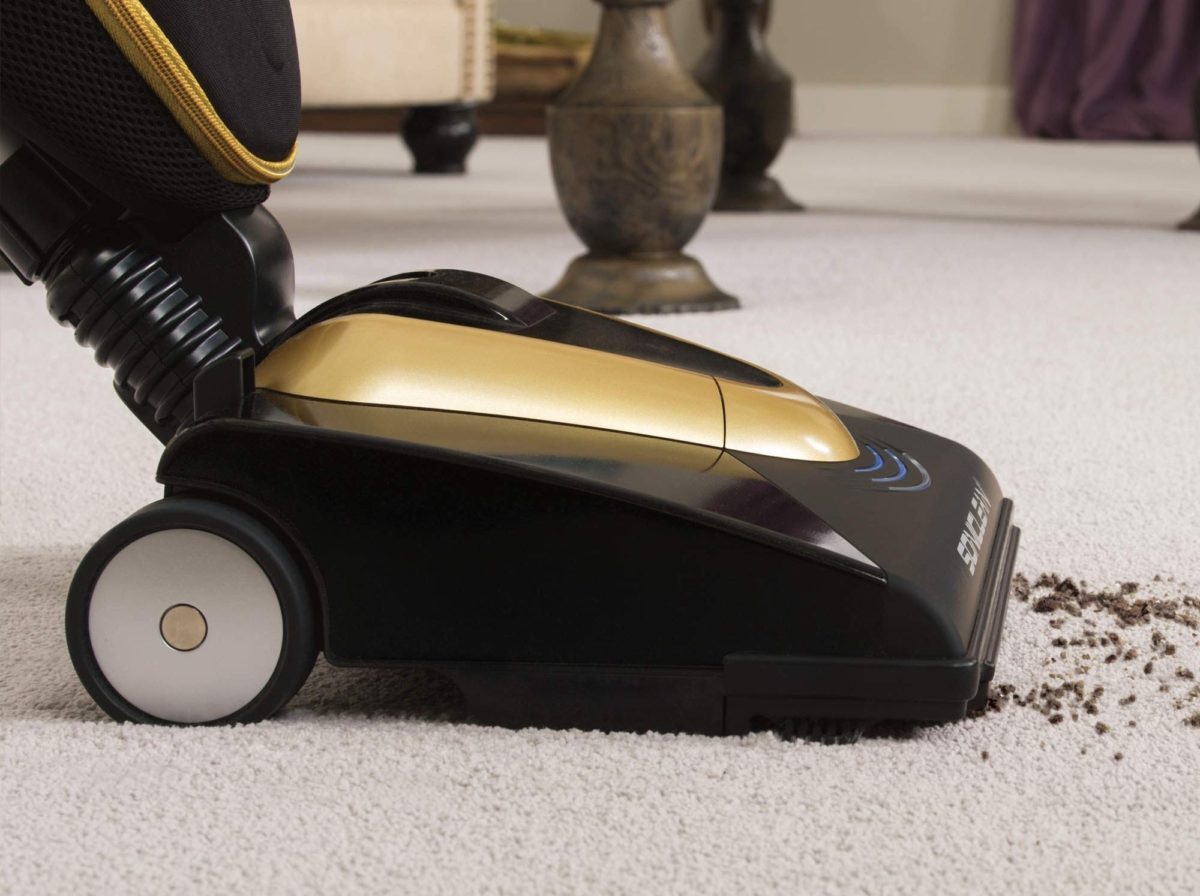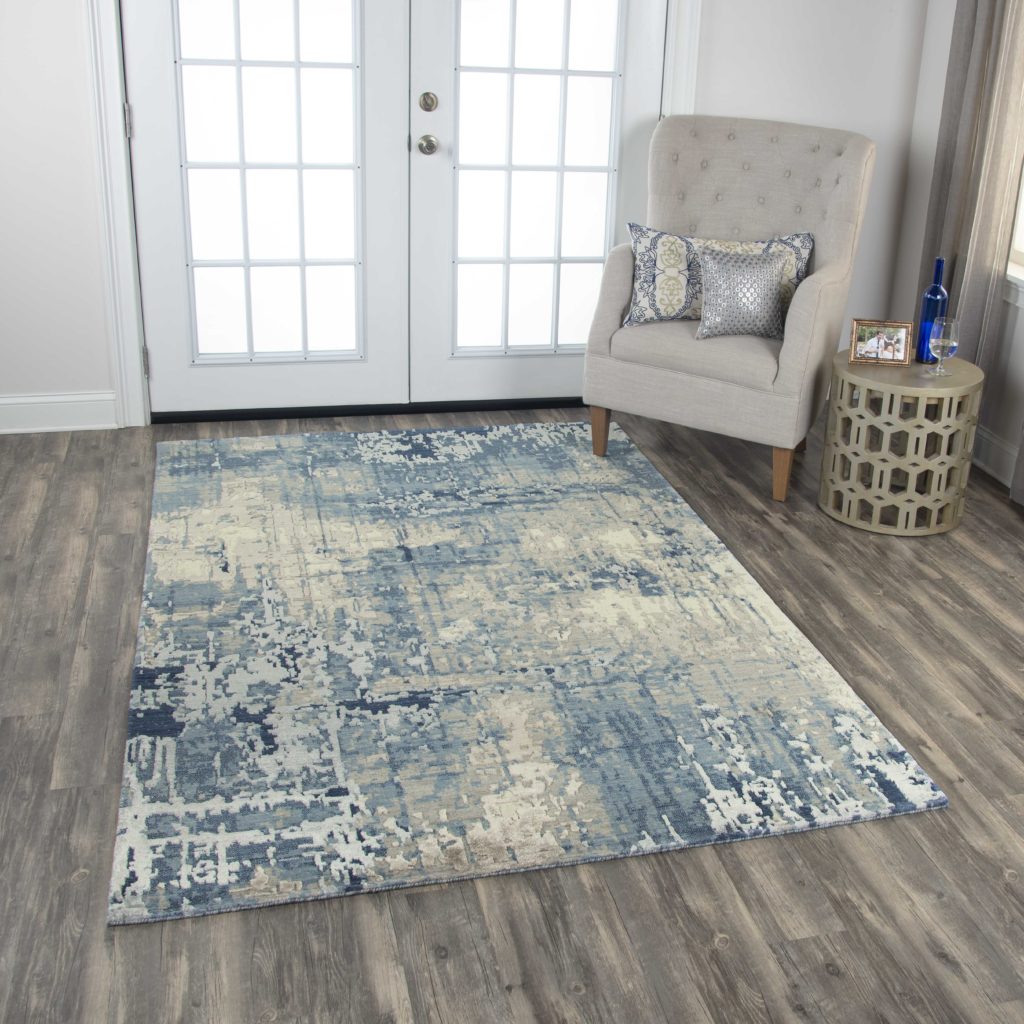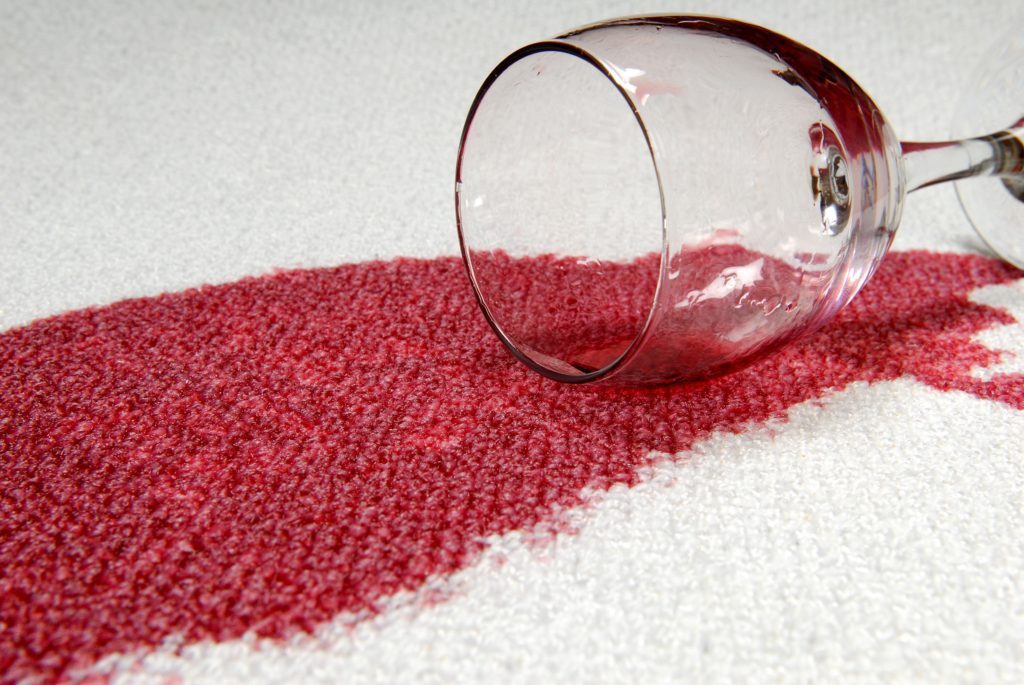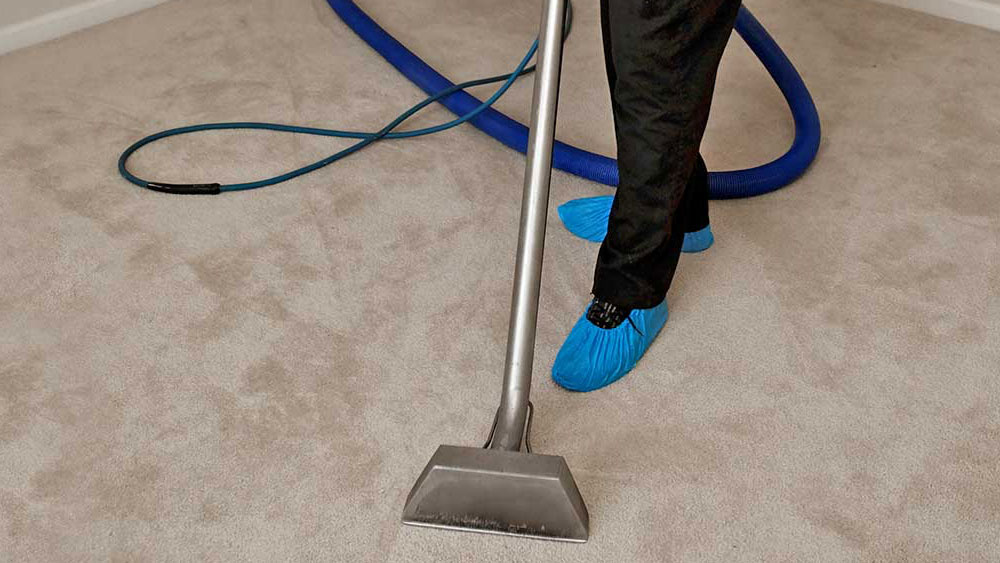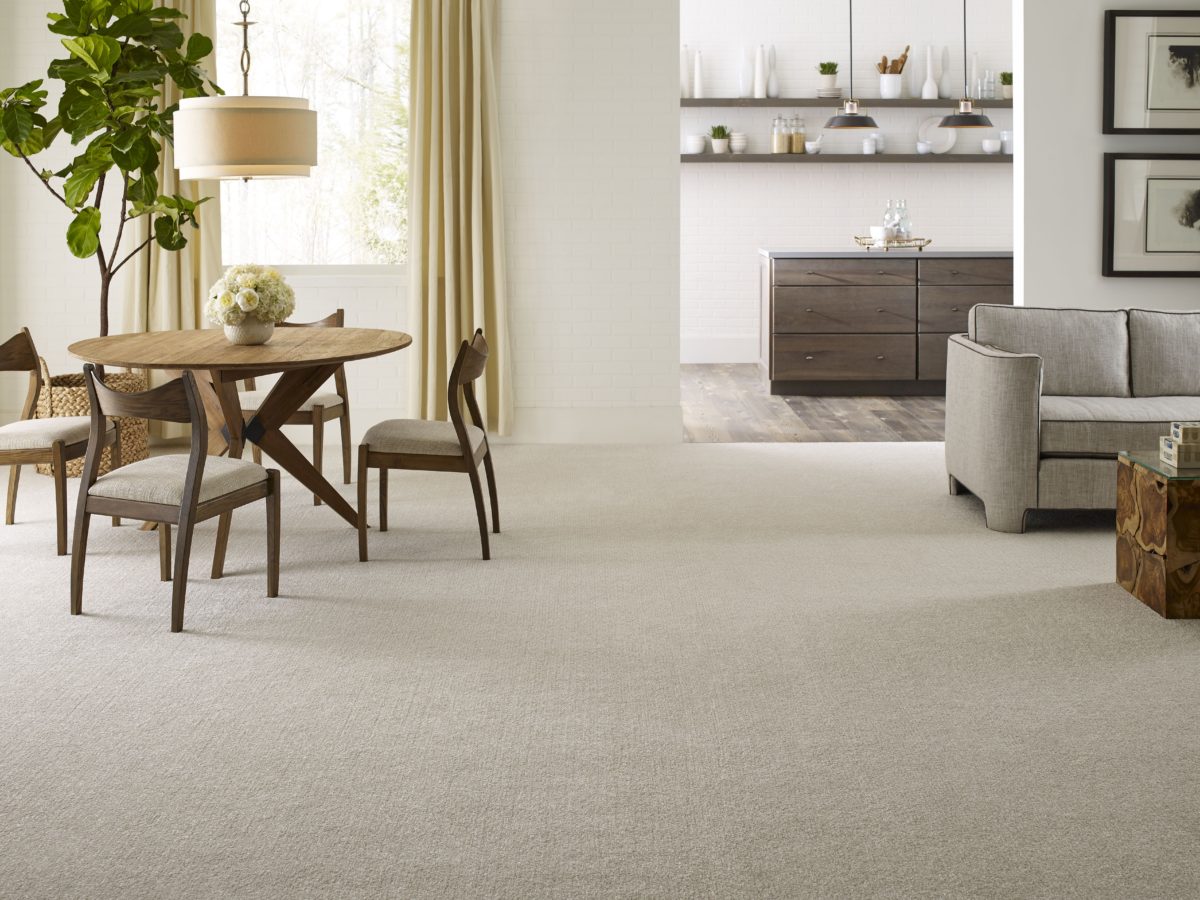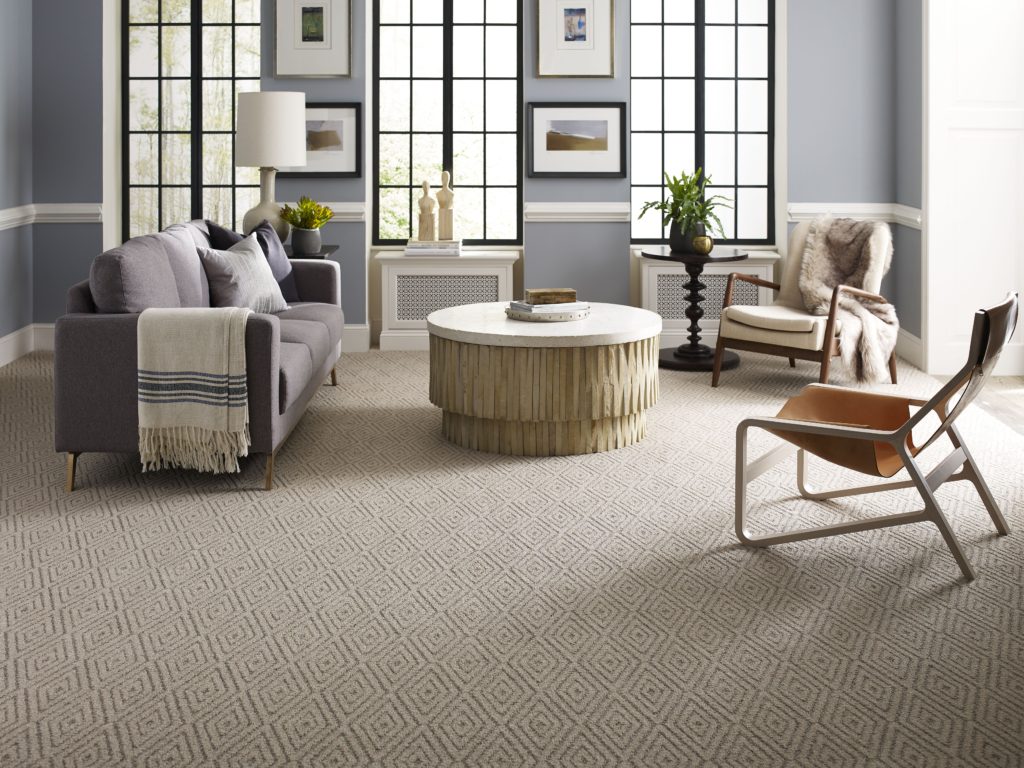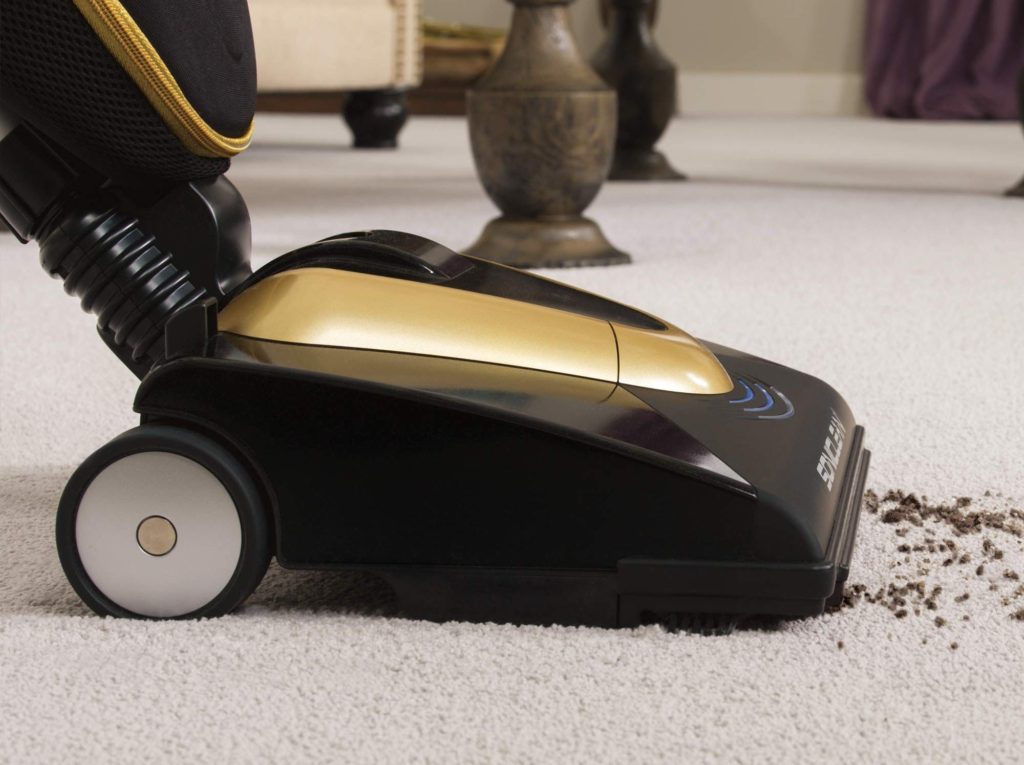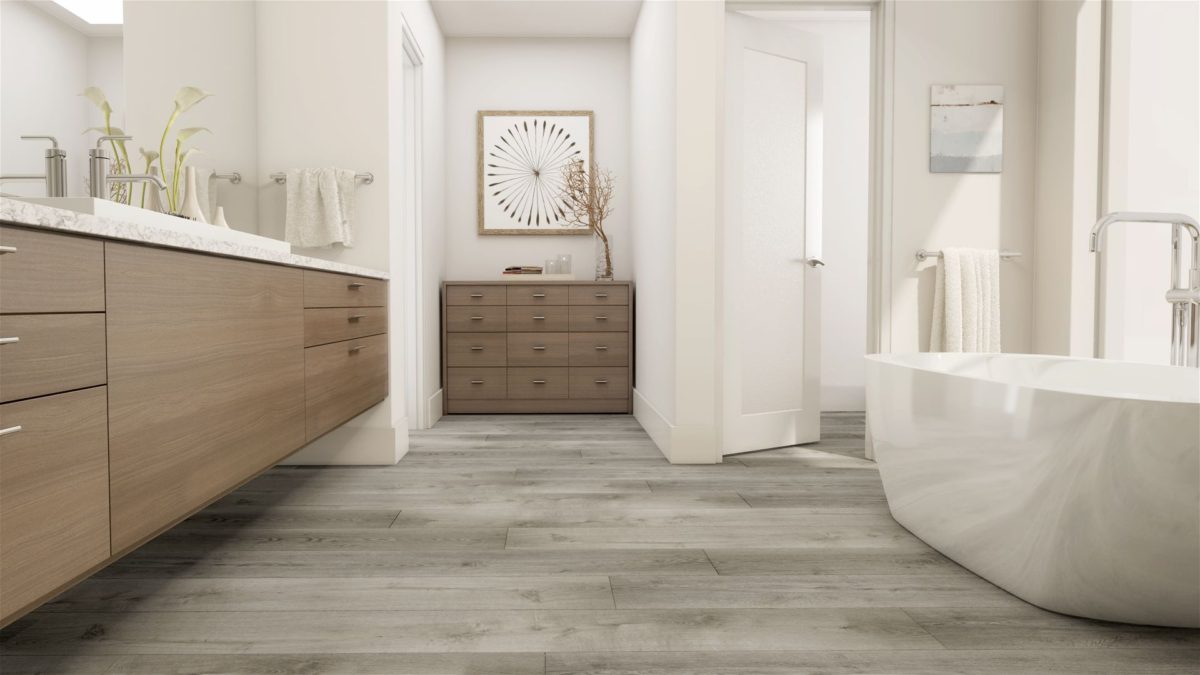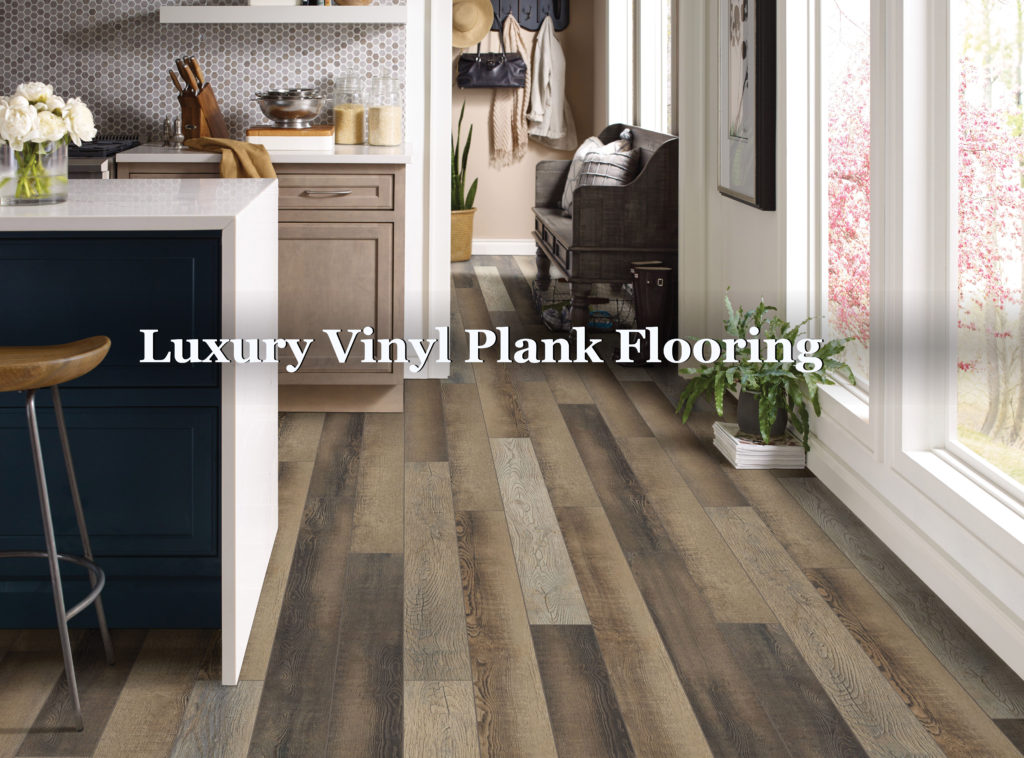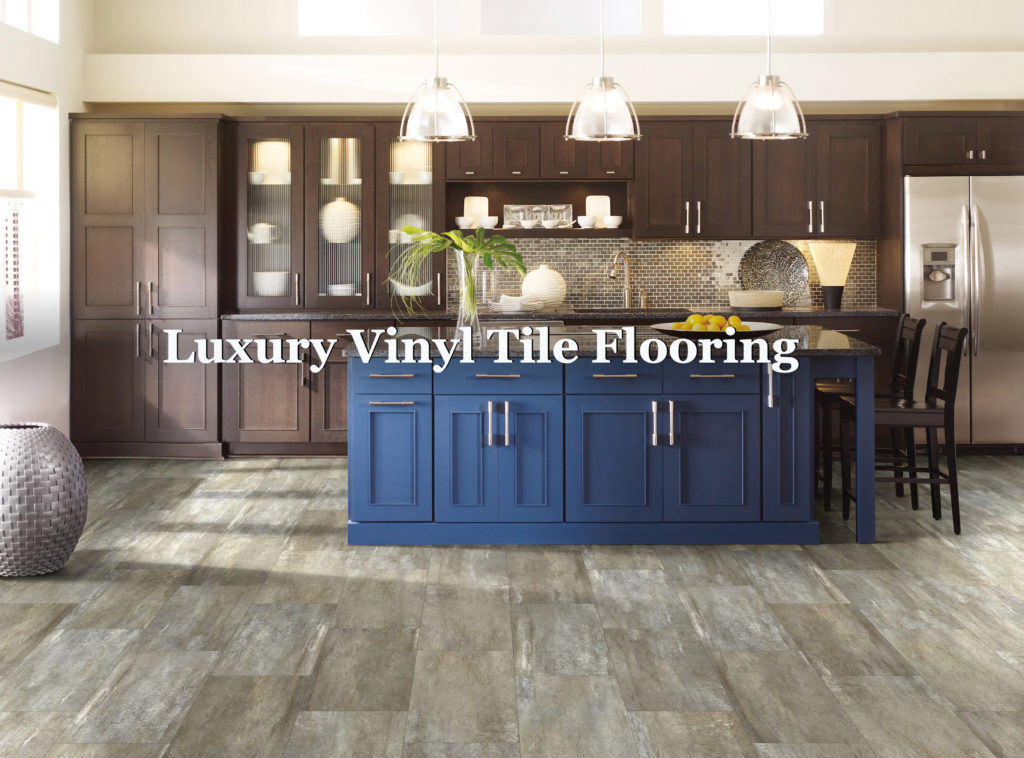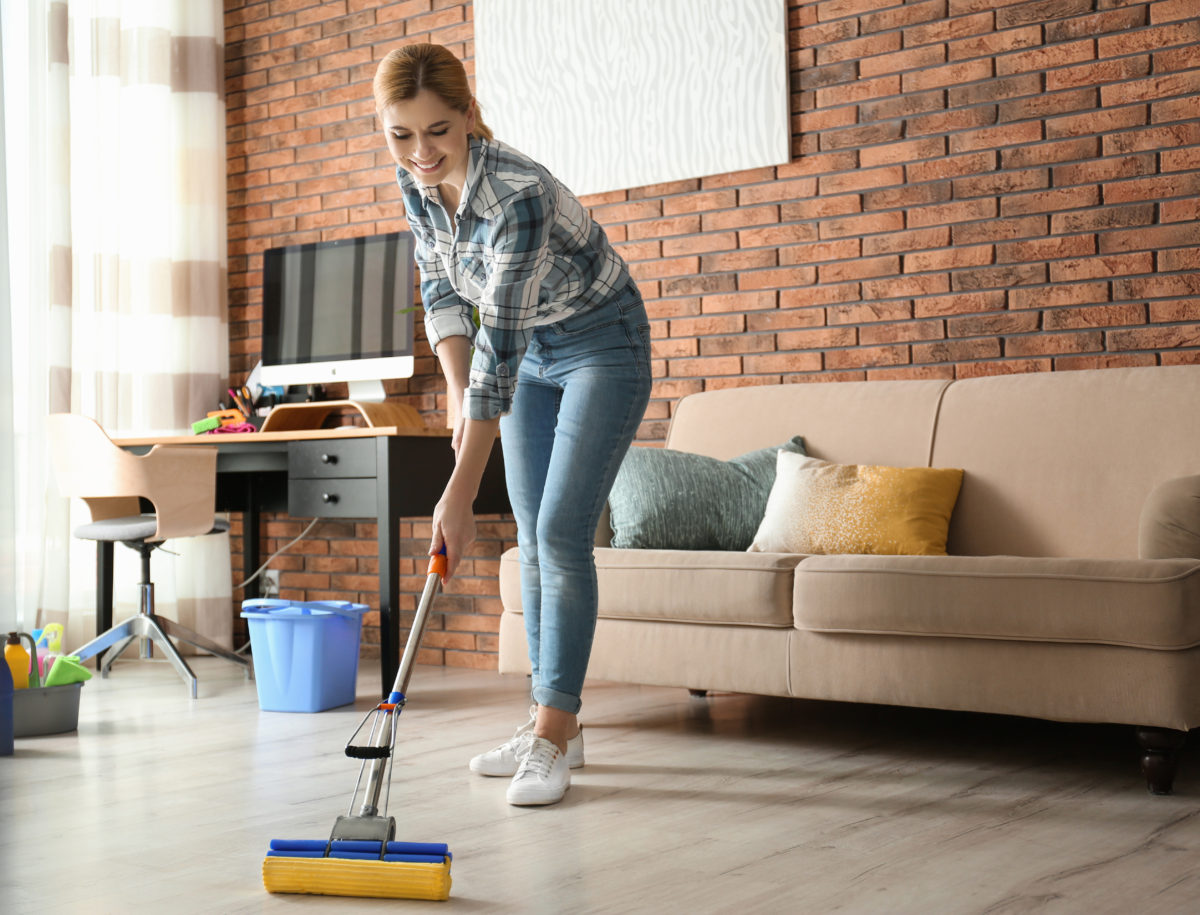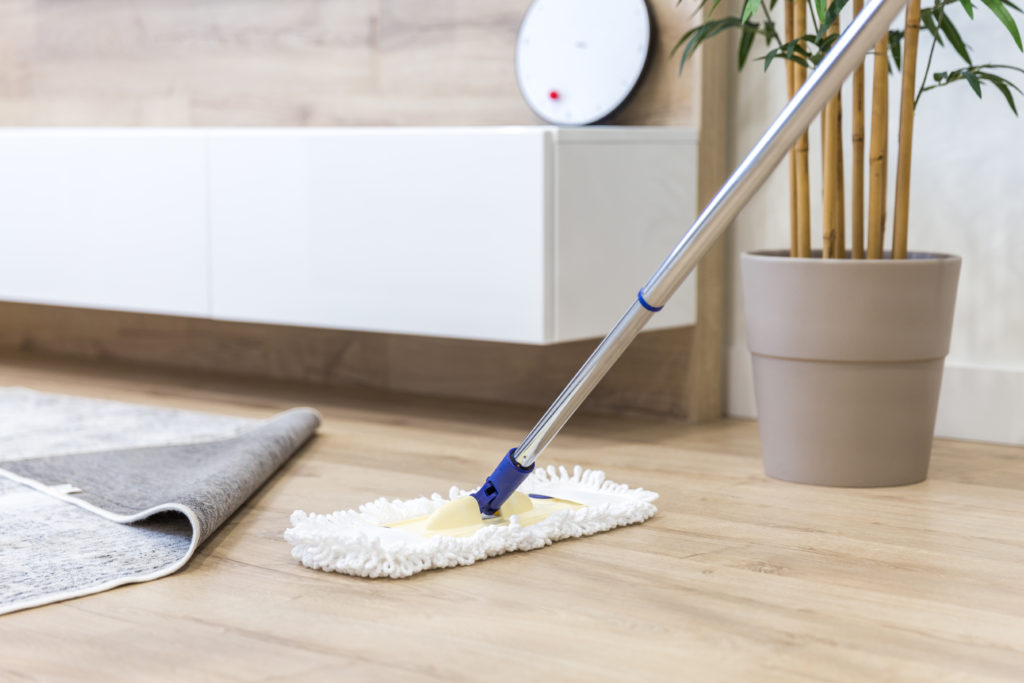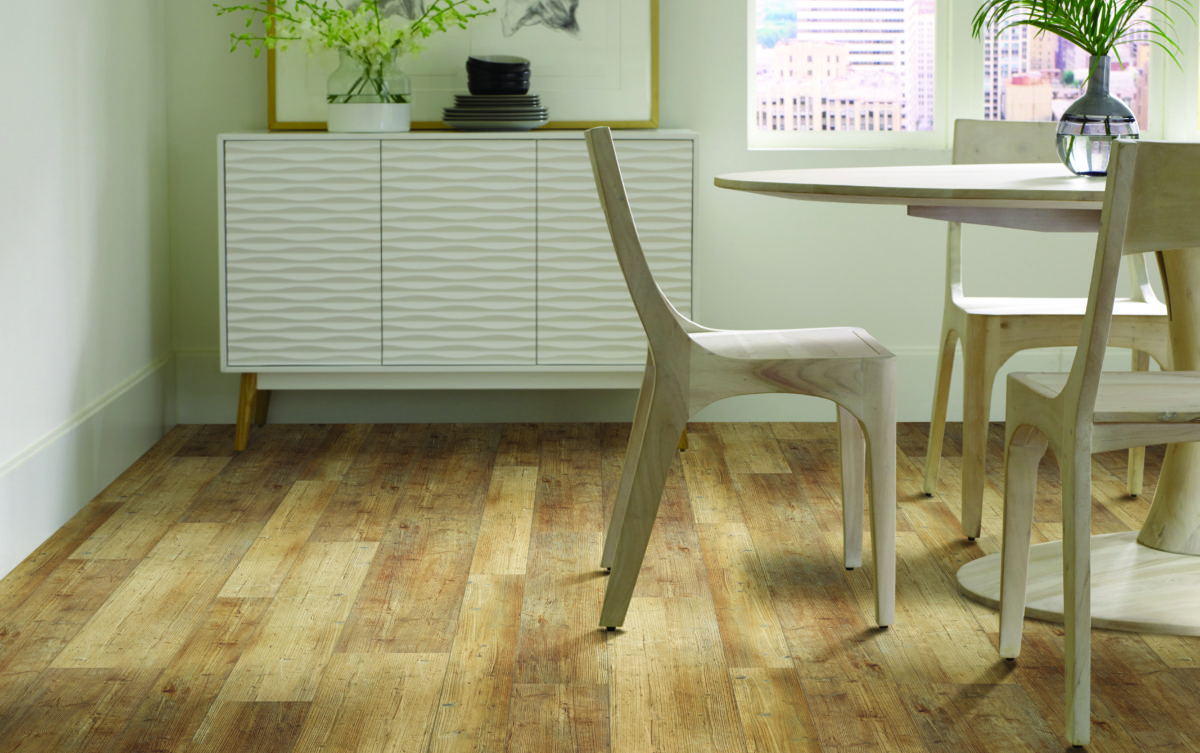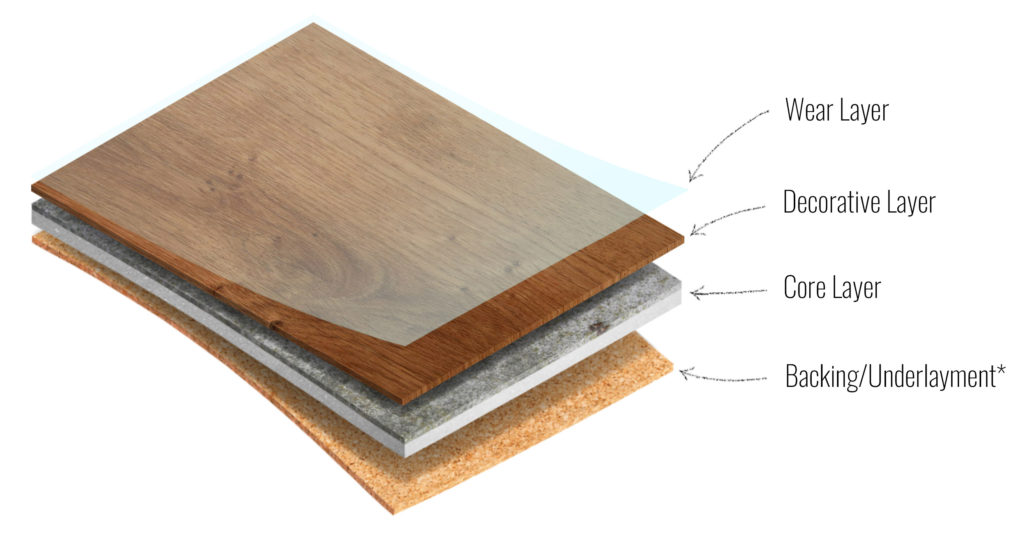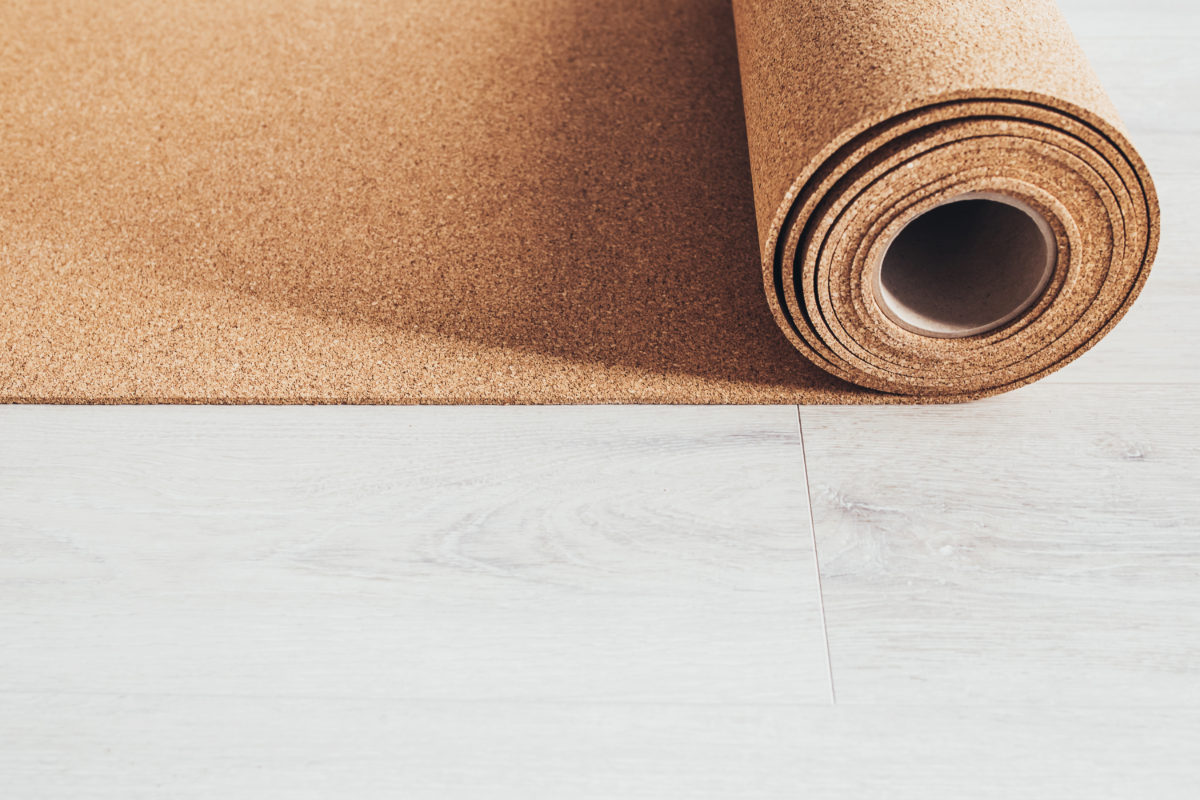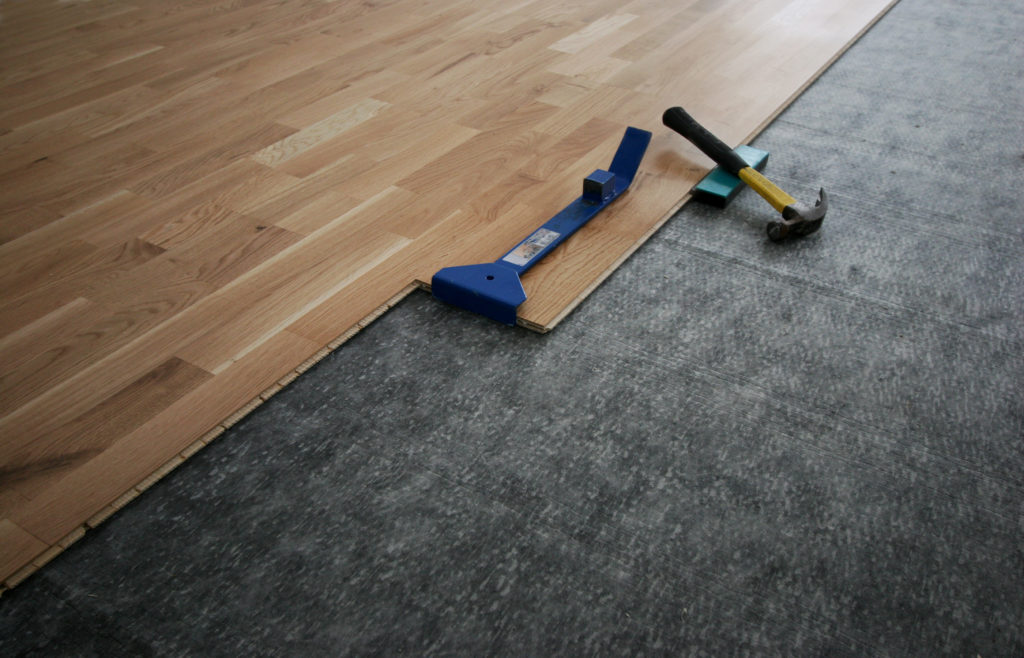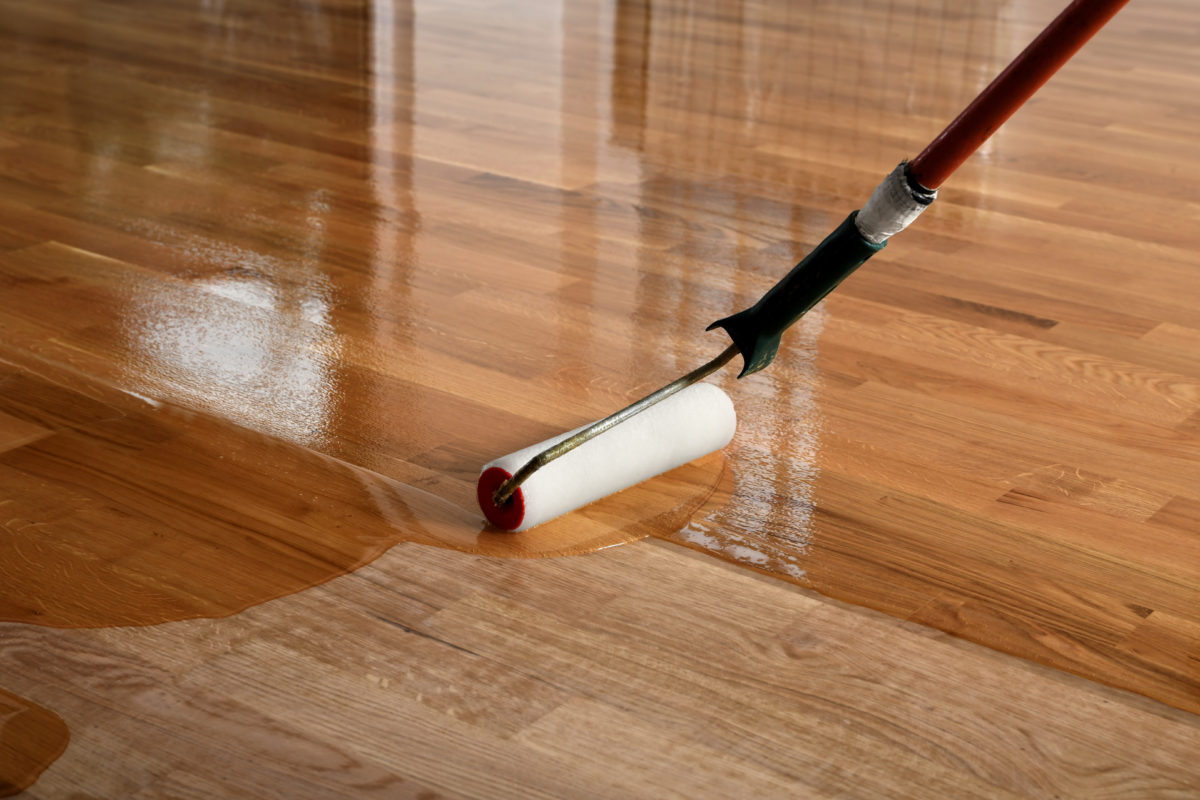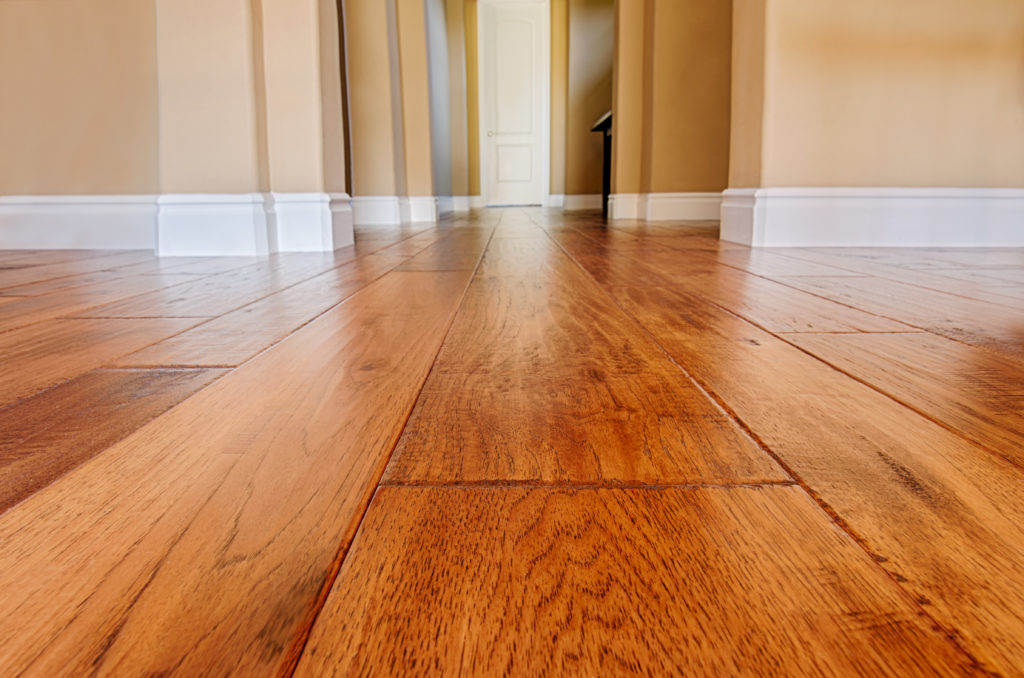Luxury vinyl flooring is the perfect option for practical homeowners. It is amazingly easy to install, and has high water resistance. Additionally, this new material is ideal for those who want wooden flooring on a budget since it can be made to look like wood!
The various benefits it brings to a regular household make this flooring one of the most popular options amongst buyers. But, what truly excites modern buyers is the way that luxury vinyl planks are installed. For those who are interested about the process, read this short and useful guide on DIY vinyl plank installation:
MUST-KNOW BASICS
When installing natural wooden floors, you need to spread a large paper (underlayment) and figure out how to tape it to the floor, but with luxury plank installation this won’t be a concern! Being engineered, these planks have the underlayment paper incorporated within them.
Because luxury vinyl planks are completely man-made they come in a variety of styles and colors. This means that you might spend a bit more time in choosing your ideal design since there are tons of options out there.
The most important thing you should know about luxury vinyl planks is that their installation doesn’t involve any intensive work nor any expensive materials and tools. Luxury planks are installed with a click mechanism, resembling a jigsaw puzzle.
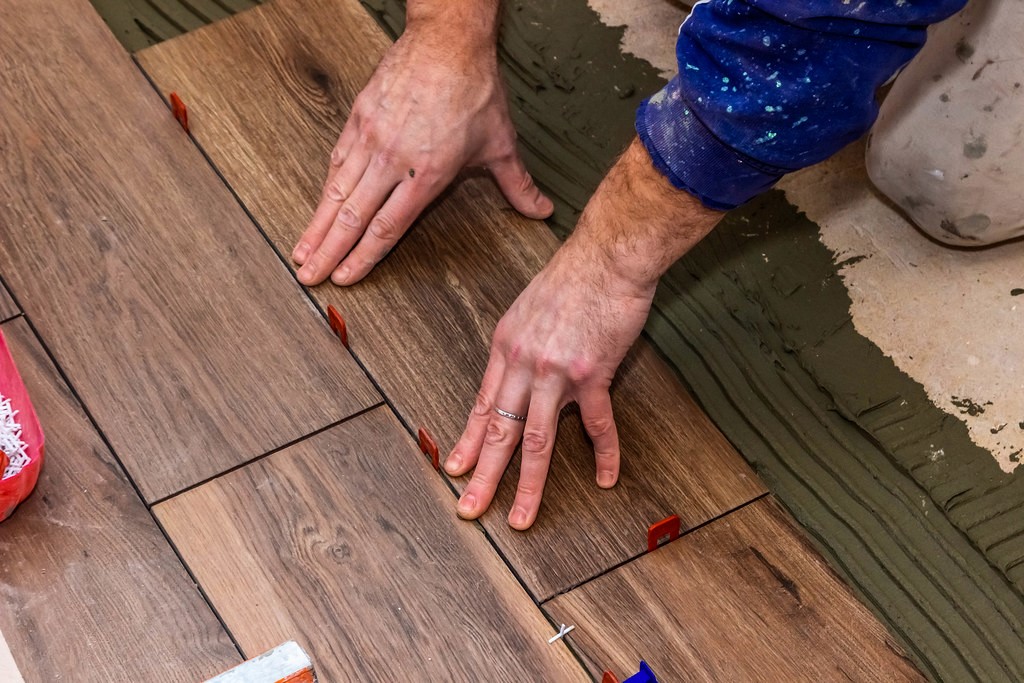
THE IMPORTANCE OF SUBFLOORS
In every flooring installation, it is crucial that you clean and prepare the subfloor before the actual installation starts. So step over the subfloor to check for squeaks and other abnormalities. To remove a squeak, you just need to nail the affected joints.
Additionally, you should fix cracks, remove carpet staples with a plier, and clean the entire area from dirt and debris. Luxury vinyl can be installed over many types of subfloor, including wood, concrete, tile, and even vinyl. But if your subfloor is moisty and damp, you might be facing water issues. In these cases, call plumbing experts before you start with your DIY project.
CHOOSING THE DIRECTION
As with every flooring installation, before you start, you must take proper measurements. Also, you should determine which direction will your planks run. If they are directed from front to back, they will make the room seem deeper whereas if they are directed from left to right, they will make the space seem broader.
To ensure that everything is straight, you can use a chalk and draw a line on the subfloor. Sometimes, rooms aren’t completely square and this will give you a better understanding of the situations. You can use a spirit level to determine evenness. Here are some other tools that you might need for your luxury vinyl floor installation:
-
Utility knife
-
Table saw (if needed)
-
Knee pads
-
Pliers
-
Rubber mallet
Have in mind that you must leave a space between the wall and the first plank. This is called an extension gap and it enables the material to expand and contract during different weather conditions. You can achieve this gap by taping spacers along your walls.
CLICK THE PLANKS INSTEAD OF NAILING THEM
We mentioned how installing luxury planks is similar to solving a jigsaw puzzle. So when you determine the direction of your planks, it’s time to start with the first row. Simply take some planks, put them next to the wall and see whether they need to be cut and adjusted.
If they do, use an utility knife to remove the extra part of the plank. After everything fits nicely, click the planks together, tight them with the rubber mallet and move on to the next row. Remember to use the cut-off pieces wherever you can. You don’t want to end up with hundreds of small leftover pieces when you finish the entire square footage.
Installing luxury vinyl flooring involves more logic and reason rather than physical labor. That’s why it is perfect for DIY-ers who want to challenge their puzzle-solving skills.
CORNERS AND DOORJAMBS
As we said, not all rooms are square. Cutting the planks to fit a corner is a normal process. Just take measurements with a measure tape and pencil to cut the plank the right way. Don’t follow instincts in such cases, but rely on precise measurements.
Also, sometimes you might find a doorjamb getting in your way. You can cut the doorjamb according to the height of the plank, or you can cut the plank for it to fit around the doorjamb. Both jobs can be finished by using a saw or a utility knife.
TRIMS & BASEBOARDS
The last thing you should do, right after you click your last planks together is to add trims and baseboards. A white baseboard is the perfect solution for bridging the extension gap. Trims can be screwed into the spots where the luxury vinyl meets another material. For instance, if you have tile in the kitchen, carpet in the living room, but luxury vinyl in the hallway, you must add trims in the spots where these floors connect.
Luxury vinyl flooring installation is as easy as it gets! We can conclude that is much less labor intensive than other types of installations. Furthermore, this material offers many benefits including waterproofing, durability, and affordability. Having all of these perks in mind, one cannot but consider luxury vinyl for their new remodel.

